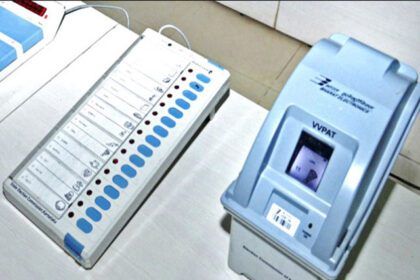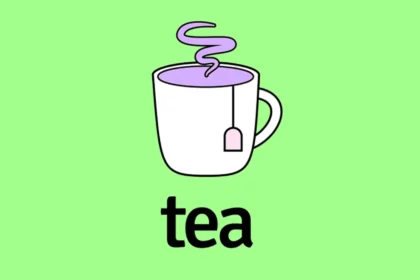A massive 8.8-magnitude earthquake off Russia’s Far Eastern coast sent tsunami waves surging across the Pacific — slamming shorelines in Hawaii, California, and Washington. While coastal communities braced for impact, the overall damage has been minimal so far, but caution remains high.
Pacific Coast on Edge: Evacuations and Alerts Sounded
Alerts blared overnight across the Pacific Rim as officials raced to prepare vulnerable regions.
- In Hawaii, residents were ordered to evacuate vulnerable areas, including Keaukaha, prompting the temporary closure of Hilo International Airport to speed up departures.
- However, by early Wednesday morning, the alert was downgraded to a tsunami advisory, signaling that residents could return safely.
- Near Honolulu, locals greeted the arriving waves with cheers, relieved as no major destruction was reported.
“Significant water came through, but no damage yet on Oahu,” said Governor Josh Green. “We’re not out of the woods just yet — it will take hours before we can say it’s safe.”
West Coast Watches the Waves
On the mainland, the tsunami’s reach was smaller but still significant:
- Waves nearly 4 feet high lapped Northern California’s shores, prompting authorities to advise residents to stay away from beaches and harbors.
- A tsunami warning remains active for about 40 miles of Northern California coastline, from just south of Klamath to the Oregon border.
- Dr. Ariel Cohen, lead meteorologist at the National Weather Service in Los Angeles, warned:
“We’re seeing a lot of water surging along west- and northwest-facing beaches. People need to remain vigilant.”
Where the Tsunami Was Worst: Russia and Japan
Back near the quake’s epicenter in Russia, tsunami waves topped 13 feet off the coast of Kamchatka, according to state media reports.
Meanwhile, Japan evacuated nearly 2 million people as a precautionary measure. Though tsunami warnings have now been lifted, an advisory remains active from Hokkaido to Okinawa.
Thankfully, no deaths or major injuries have been reported as of Wednesday morning.
What You Need to Know: Stay Safe
- Coastal residents along the Pacific are urged to follow local evacuation orders and warnings.
- Avoid beaches and harbors until officials confirm it’s safe to return.
- Watch for unexpected surges and strong currents, even after the initial waves subside.
The Pacific remains on alert, and scientists will monitor for any aftershocks or further sea activity.
💬 Your Turn: Were You Affected?
Did you feel the quake or see the tsunami waves in your area? Share your experience below or on social media with #TsunamiWatch.
Stay tuned to The Pop Radar (TPR) for real-time updates and expert analysis on this evolving story.














